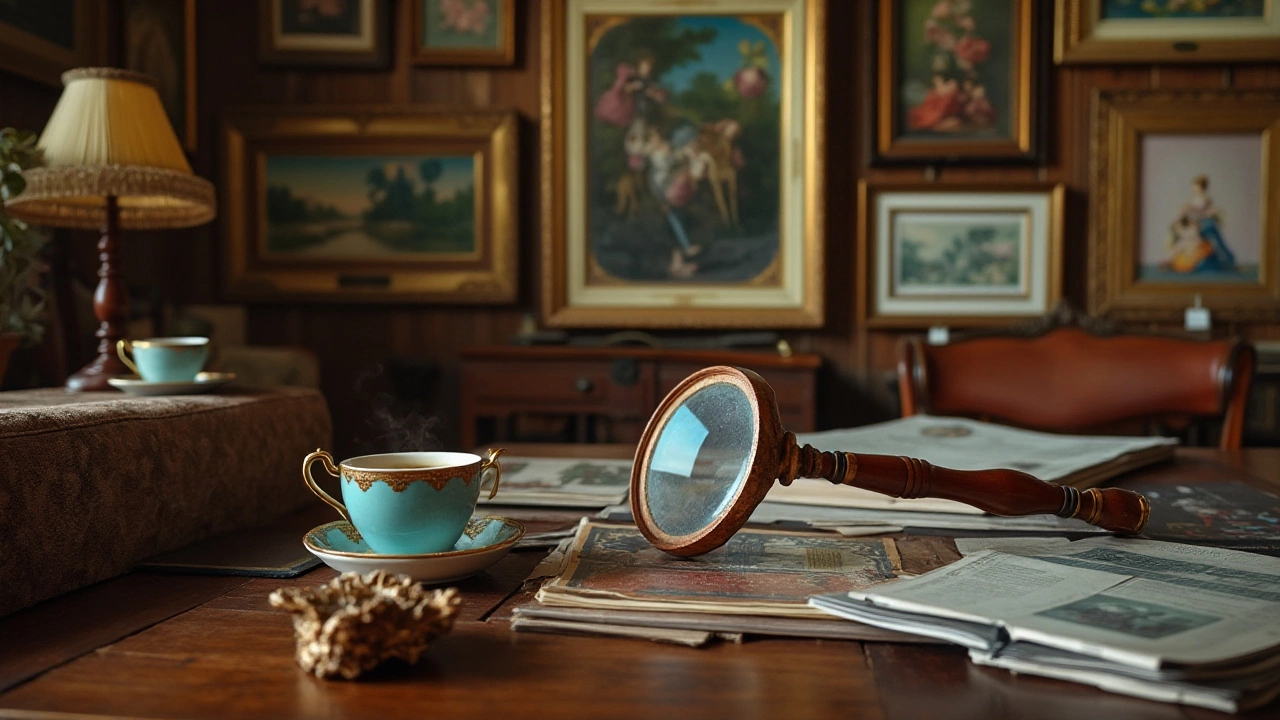Rare Prints: Your Quick Guide to Finding and Valuing Unique Art Prints
If you’ve ever walked past a gallery wall and wondered why some prints cost thousands while others sit on discount shelves, you’re not alone. The world of rare prints is full of hidden gems, but it can also be a minefield of fakes and over‑priced hype. This guide breaks down the basics so you can tell a genuine limited edition from a mass‑produced copy, and decide if a print is worth adding to your home or collection.
What Makes a Print "Rare"?
Rarity isn’t just a buzzword – it’s a mix of limited numbers, artist involvement, and printing method. A true limited‑edition print usually comes with a numbered label (e.g., 12/150) and a certificate of authenticity signed by the artist or the publisher. Artists often approve the paper, ink, and size, which protects the piece’s visual quality.
Giclee prints are a popular form of rare print today. They’re made with high‑resolution inkjet technology on archival paper, and many contemporary artists choose this method for its colour accuracy. When a giclee is part of a limited run, it can fetch a solid price, especially if the artist signs each piece.
How to Spot a Fake or Low‑Value Print
First, check the details. Look for a clear edition number, a dated certificate, and a matching signature on both the print and the certificate. If the paper feels cheap or the ink looks blotchy, you’re probably looking at a mass‑market reproduction.
Second, research the publisher. Established print houses like Thames & Hudson, Edition House, or regional art schools usually keep good records. A quick Google search of the edition size can confirm whether the print is truly limited.
Third, examine the borders and margins. Authentic limited editions often have a thin border or a “guard line” showing where the paper was cut. Missing or uneven borders can indicate a trimmed, unauthorized copy.
Finally, trust your gut. If a deal sounds too good to be true—say, a signed limited edition for half the market price—dig deeper. Ask the seller for provenance documents and compare the print to known genuine examples.
Remember, a signed print isn’t automatically valuable. The artist’s reputation, the edition size, and the condition all play a role. A signed poster from a famous band might be cheap, while a signed, numbered print from a rising contemporary can appreciate quickly.
When you’re ready to buy, start small. Pick a piece you love, verify the paperwork, and buy from reputable galleries or trusted online platforms. Over time, you’ll develop an eye for quality and learn which artists’ prints tend to hold value.
Collecting rare prints can be a rewarding way to enjoy art without the space or cost of a full‑size painting. With the right checks, you’ll avoid scams and build a collection that brings joy and maybe a good return down the line.

13 Dec 2024
Art prints can be a delightful addition to any collection, offering beauty and potential value. Discovering if a print is valuable can be influenced by various factors, including its rarity, artist, condition, and provenance. Understanding how to identify these elements can help determine a print's worth. With knowledge and careful inspection, you can uncover hidden gems and make informed collecting decisions.
Continue reading...
